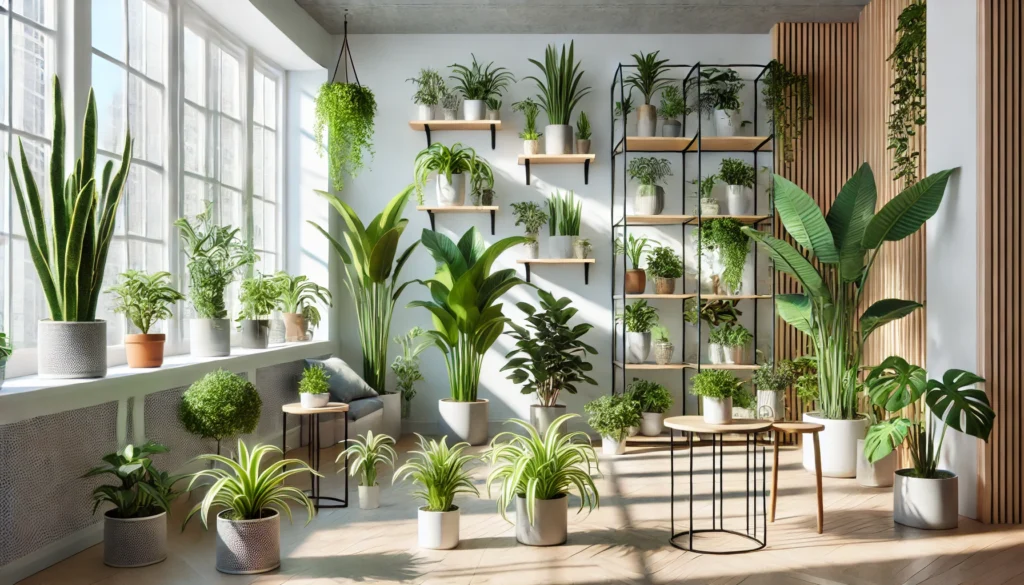In today’s world, where pollution and air quality concerns are more prevalent than ever, many homeowners are turning to a natural solution for cleaner indoor air: houseplants. Not only do they bring a touch of nature indoors, but certain plants also have the ability to improve the air quality within our homes. This guide focuses on the best indoor plants known for their air-purifying abilities, tailored for homeowners in the USA looking to enhance their living environment.
1. Spider Plant (Chlorophytum Comosum)

The Spider Plant is renowned for its ability to remove toxins such as formaldehyde and xylene from the air. It’s incredibly easy to care for, thriving in indirect sunlight and requiring only occasional watering, making it perfect for beginners or those who are often busy.
2. Snake Plant (Sansevieria)

Also known as Mother-in-Law’s Tongue, the Snake Plant is a robust option that can filter out formaldehyde, trichloroethylene, xylene, toluene, and benzene from the air. It’s ideal for the bedroom or bathroom as it converts CO2 into oxygen at night.
3. Peace Lily (Spathiphyllum)
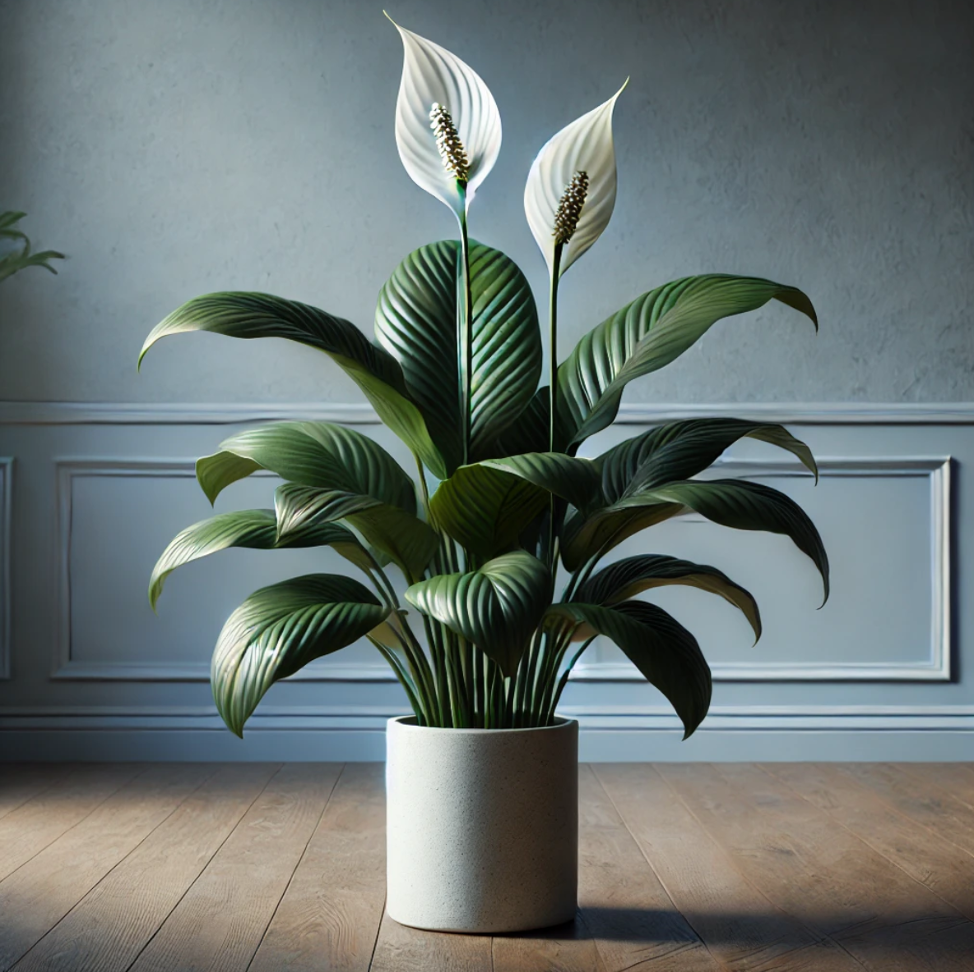
This plant not only adds a touch of elegance with its white blooms but also removes air pollutants such as ammonia, benzene, formaldehyde, and trichloroethylene. Peace Lilies prefer shady areas and need little water, suiting low-light homes perfectly.
4. Aloe Vera
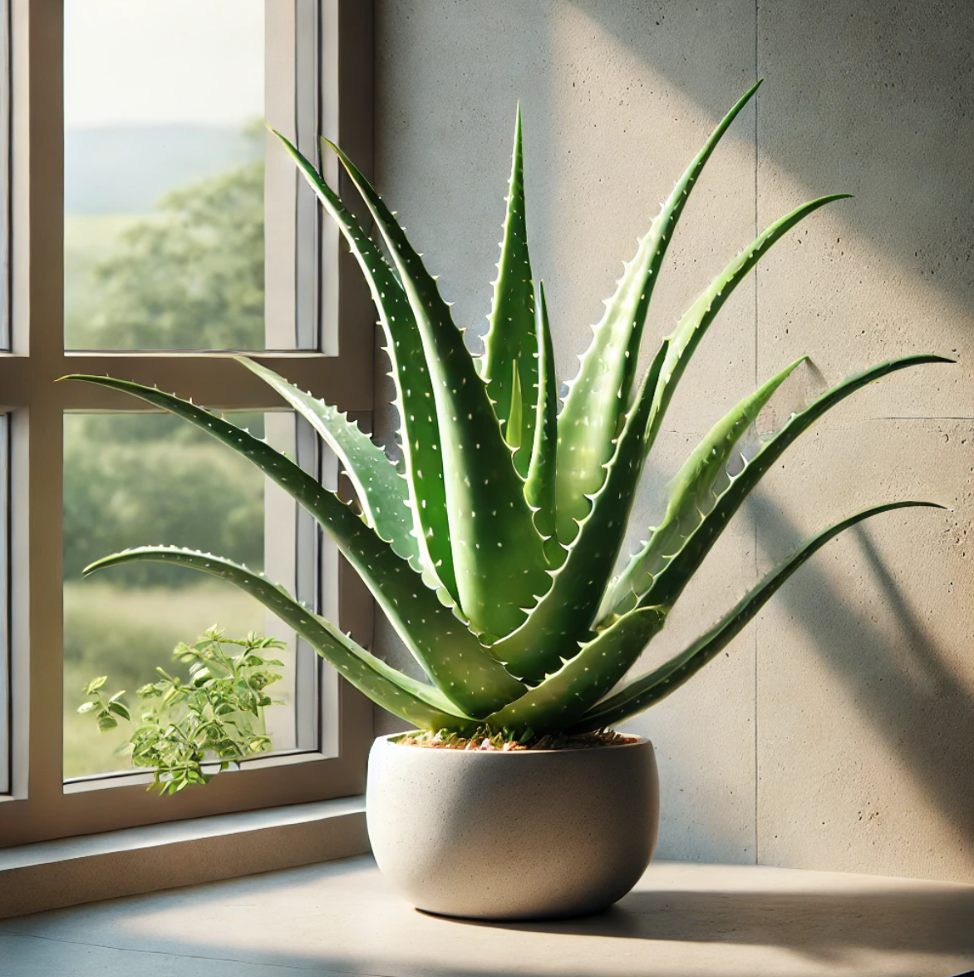
Beyond its healing properties, Aloe Vera can help clear formaldehyde and benzene, which can be a byproduct of chemical-based cleaners and paints. This succulent requires minimal water and direct sunlight, thriving in sunny kitchen windows.
5. Rubber Plant (Ficus Elastica)
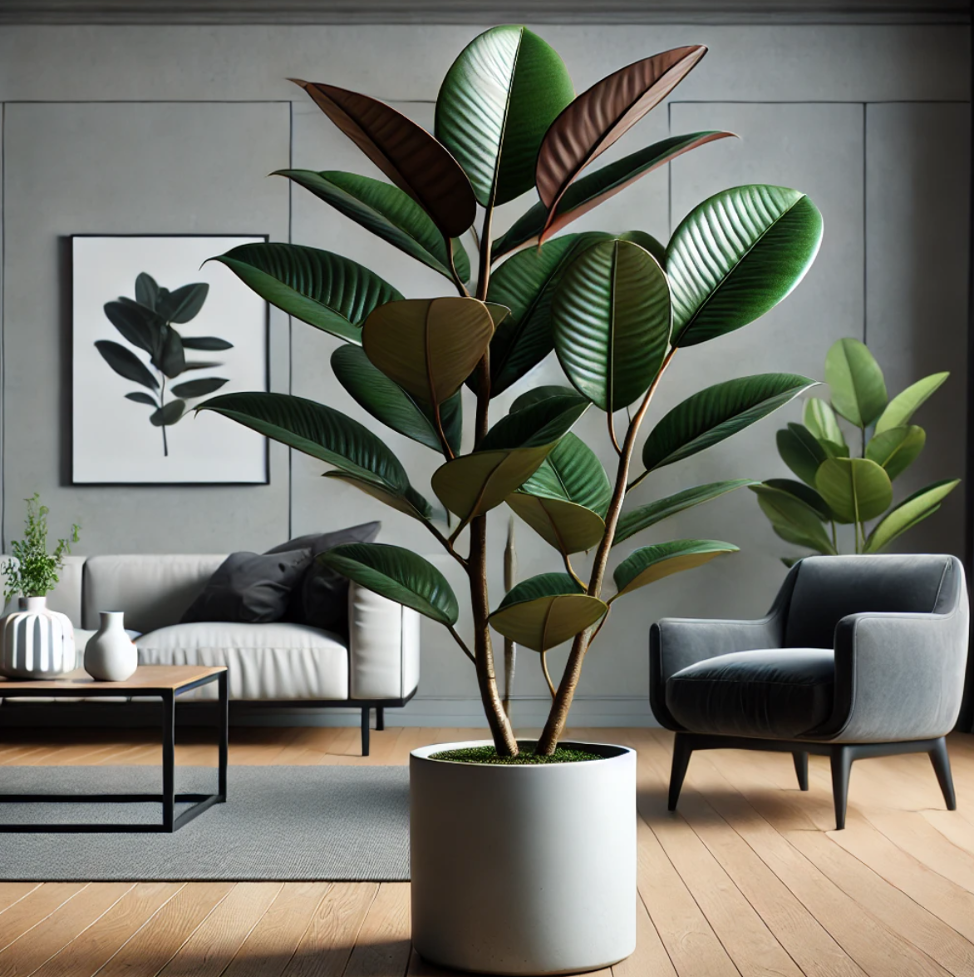
Rubber Plants are not only stylish but also excellent at purifying air. They are particularly effective at removing formaldehyde from the environment. These plants thrive under bright, filtered light and need to be kept moist.
6. Boston Fern (Nephrolepis Exaltata)

Known for its lush, feathery fronds, the Boston Fern absorbs indoor air pollutants like xylene and formaldehyde. It prefers to stay moist in a cool place with high humidity and indirect light, making it great for bathrooms.
7. Bamboo Palm (Chamaedorea Seifrizii)

Bamboo Palm adds a tropical flair to any room and excels at filtering out benzene and trichloroethylene. They thrive in full shade or indirect sunlight, making them suitable for corners of the house that need a touch of greenery.
8. Philodendron
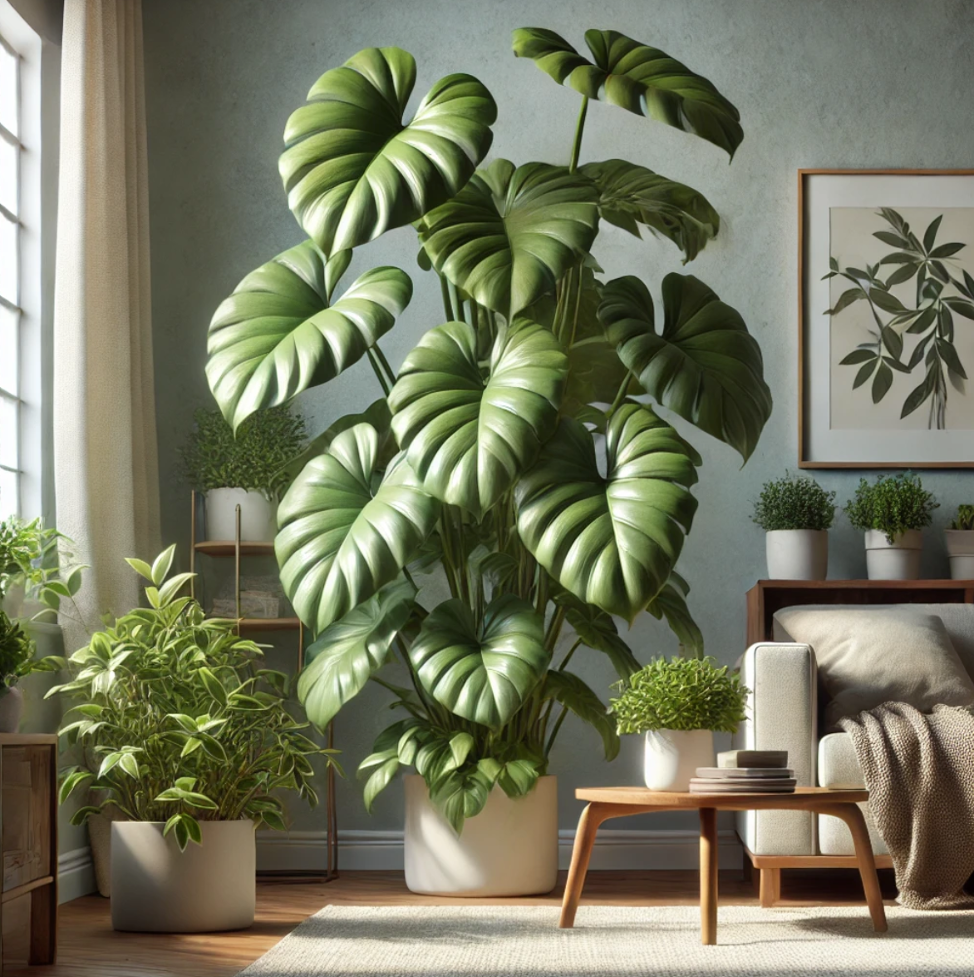
Philodendrons are easy to care for and particularly good at absorbing formaldehyde. These plants are versatile and can be placed in locations with indirect sunlight. However, they should be kept away from pets as they can be toxic when ingested.
9. Gerbera Daisy (Gerbera Jamesonii)

Bright and colorful, Gerbera Daisies can improve indoor air by removing trichloroethylene, which often comes from dry cleaning, and benzene. They require a bit more care, needing ample light and well-drained soil.
10. Dracaena

Dracaenas have wide, long leaves that are efficient at trapping allergens and pollutants, particularly formaldehyde, benzene, and trichloroethylene. They are tolerant of low light and irregular watering, making them low-maintenance.
Conclusion
Integrating these plants into your home can significantly improve indoor air quality while adding beauty and vitality to your space. Whether you’re an experienced gardener or a novice, these plants offer both aesthetic and health benefits that are hard to ignore.

